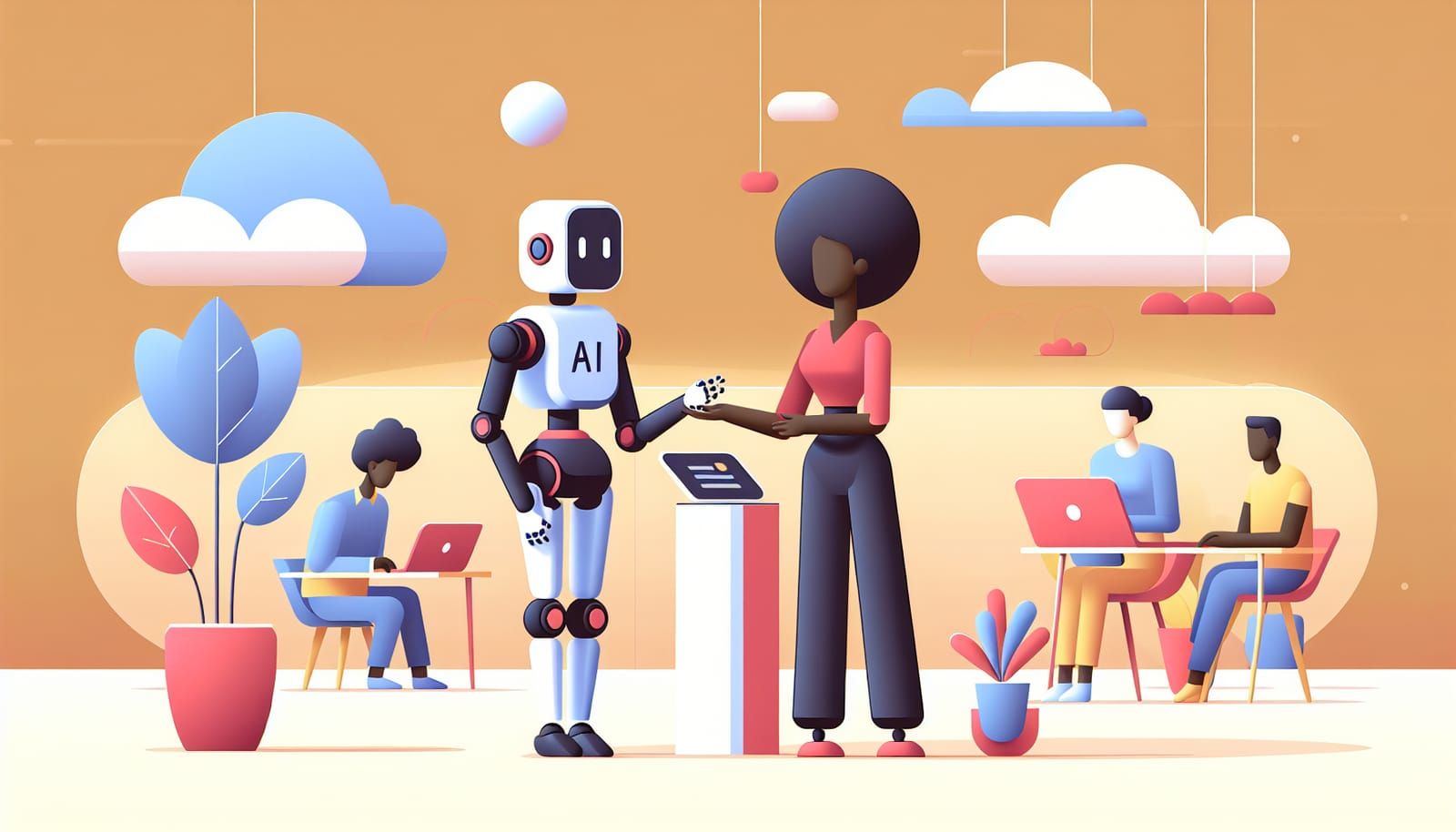Artificial Intelligence (AI) has made incredible strides in recent years, especially in the realm of chatbots. These virtual assistants can hold conversations, answer questions, and even provide support, making them a valuable tool in our digital lives. However, as we engage with these chatbots, many people may wonder: do they actually understand us? Are they sentient beings capable of thought and feeling? In this article, we will explore the illusion of sentience in chatbots, unraveling the facts behind their capabilities and dispelling common myths.
Understanding AI and Chatbots
To begin, let’s clarify what AI and chatbots are. AI refers to the ability of a machine to mimic human intelligence, performing tasks that typically require human thinking, such as understanding language, recognizing patterns, and making decisions. Chatbots are a specific application of AI, designed to simulate human conversation. They use natural language processing (NLP) to interpret and respond to user queries.
In essence, chatbots are computer programs that follow algorithms to generate responses. They do not have emotions or consciousness; they operate based on predefined rules and learned patterns from vast amounts of data. This leads to the first myth: the belief that chatbots can think or feel like humans.
The Mechanics Behind Chatbots
How do chatbots work? At their core, they utilize machine learning and NLP techniques. Machine learning allows chatbots to learn from past interactions, improving their responses over time. When you ask a chatbot a question, it analyzes your input, breaks it down into understandable components, and then searches its database for the best possible answer.
For example, if you ask a chatbot about the weather, it doesn’t truly "know" the weather; it retrieves information from a weather database and presents it to you. This process can make it seem as if the chatbot has knowledge and awareness, but in reality, it’s just a sophisticated form of pattern recognition.
The Limitations of Chatbots
While chatbots are impressive in their ability to mimic conversation, they have significant limitations. They don’t possess genuine understanding or emotions, and their responses can sometimes be nonsensical or irrelevant. This is because they lack personal experiences and context, which are crucial for true comprehension.
For instance, if you were to tell a chatbot about a personal loss, it might respond with a generic phrase like, "I'm sorry to hear that." While it might sound empathetic, the chatbot cannot truly grasp the emotional weight of your statement. This brings us to another myth: the idea that chatbots can provide genuine emotional support.
The Human Touch in Conversations
Humans communicate on many levels—verbal, non-verbal, emotional, and contextual. Chatbots, on the other hand, are limited to text-based exchanges, often missing out on the nuances that make human conversations rich and meaningful. They do not have body language, tone, or emotional depth, which are crucial for conveying empathy and understanding.
This limitation is why many people find it challenging to connect with chatbots on a personal level. While a chatbot can provide factual information quickly, it lacks the warmth and compassion that a human conversation partner can offer. Therefore, while chatbots can be helpful, they cannot replace the human touch that comes from genuine interaction.
The Future of Chatbots
As technology advances, so do the capabilities of chatbots. Researchers are continuously working on improving AI to make interactions more natural and intuitive. Future chatbots may be able to understand context better, exhibit more human-like conversation skills, and even simulate empathy more convincingly. However, even with these advancements, it’s essential to remember that these improvements will still not equate to true sentience or emotional awareness.
One fascinating area of development is the integration of AI with emotional recognition technology. This could allow chatbots to detect the emotional tone of a user’s message, enabling them to tailor responses accordingly. While this may enhance the user experience, it still does not imply that the chatbot has feelings or consciousness.
Recognizing the Illusion
Understanding the limitations of chatbots is crucial in dispelling the myth of sentience. While these tools can be incredibly useful and entertaining, they do not possess the same level of understanding or emotional depth as humans. As we navigate this digital landscape, it’s essential to approach chatbot interactions with realistic expectations.
To foster a more productive relationship with AI, we should view chatbots as tools rather than companions. They can assist us in various tasks, from answering queries to providing recommendations, but they should not be mistaken for living beings capable of feeling or understanding.
The illusion of sentience in chatbots is an intriguing topic that invites us to explore the boundaries between human intelligence and artificial intelligence. While chatbots have made remarkable advancements and can engage us in conversation, they are fundamentally different from humans. They operate based on algorithms and learned patterns, lacking true consciousness or emotional awareness.
As we continue to interact with AI, let’s celebrate its capabilities while recognizing its limitations. By understanding the mechanics behind chatbots and appreciating their role as tools, we can harness their potential to enhance our lives without falling prey to the myths of sentience. Embracing AI as a supportive resource rather than a replacement for human connection will ultimately lead to a more balanced relationship with technology.
In this ever-evolving landscape, the journey of AI is just beginning, and the possibilities are endless. So, let’s remain curious, embrace the future, and explore how AI can enrich our lives while acknowledging the unique qualities that make human interaction irreplaceable.


